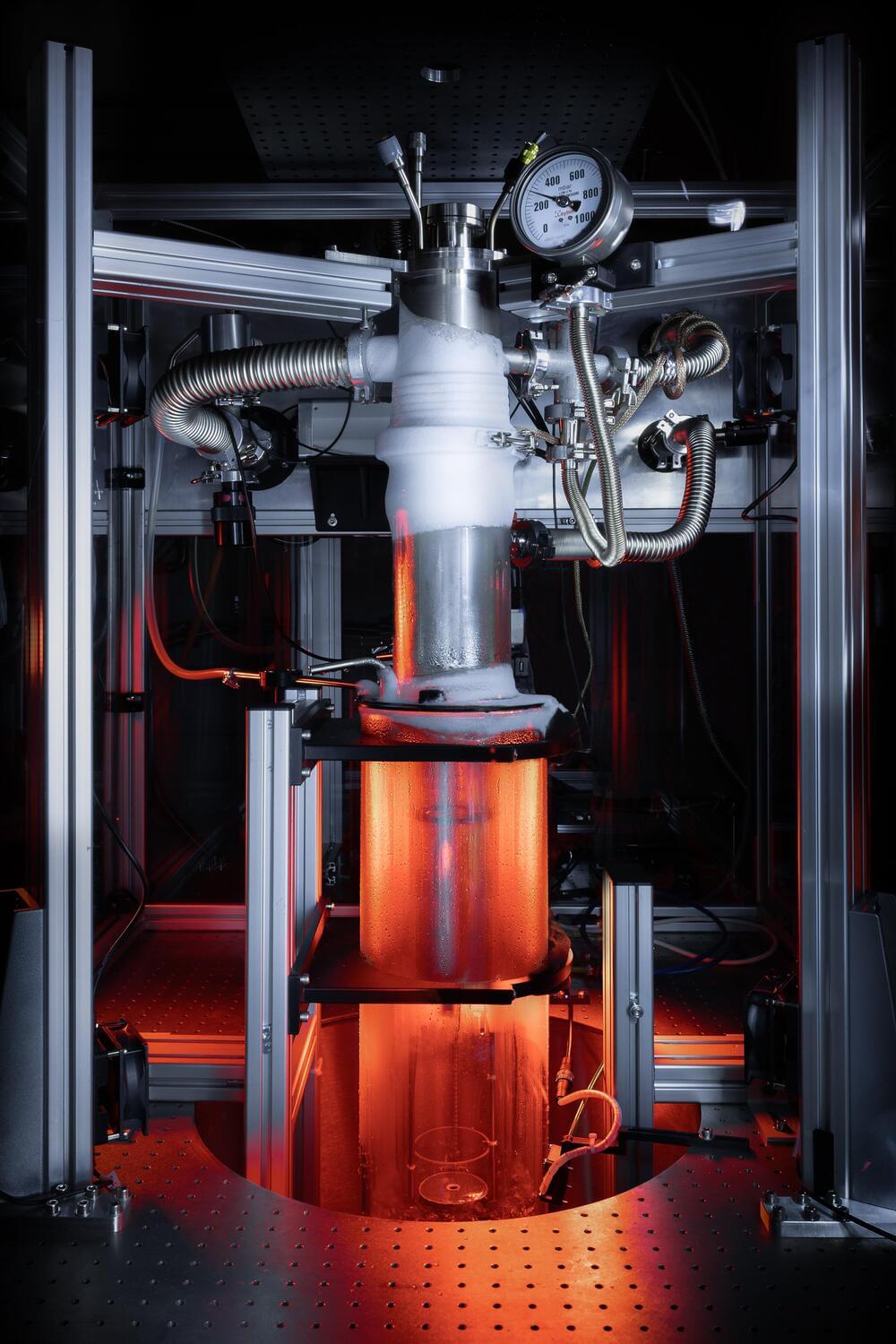Want to know the answer to a problem before you even try to solve it? New Scientist has the computer for you.


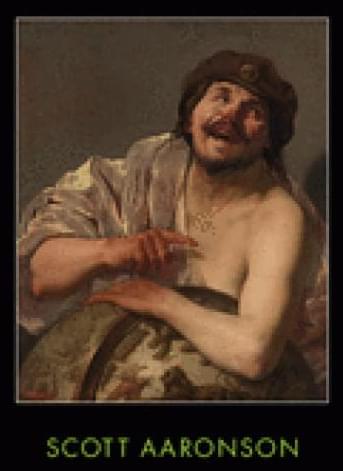
I am, I’m slightly embarrassed to admit, quoted pretty extensively in the cover story of this week’s New Scientist magazine (alas, only available to subscribers or those willing to shell out $4.95). The story, by Michael Brooks, is about an interesting recent paper by Lucien Hardy of Perimeter Institute, on the power of “quantum gravity computers.” Lucien’s paper considers the following question: by exploiting quantum fluctuations in the causal structure of spacetime, can one efficiently solve problems that are not efficiently solvable with a garden-variety quantum computer?
As I told Brooks, I really do think this is a hell of a question, one that’s intimately related to the challenge of understanding quantum gravity itself. The trouble is that, until an actual quantum theory of gravity chooses to make itself known to us, almost everything we can say about the question is pure speculation.
But of course, pure speculation is what New Scientist gobbles up with french fries and coleslaw. And so, knowing what kind of story they were going to run, I did my best to advocate giving reality at least a few column inches. Fortunately, the end result isn’t quite as bad as I’d feared.
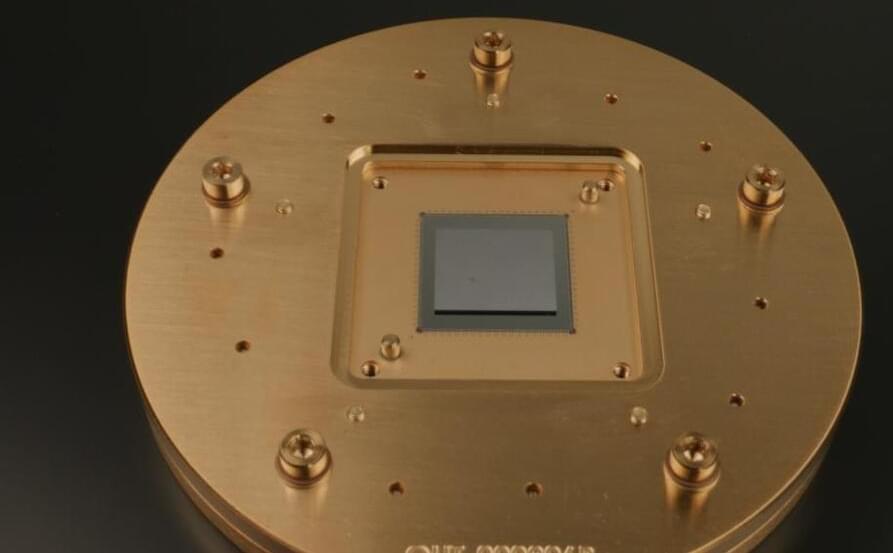
Demonstrating a long-coherence dual-rail erasure qubit using tunable transmons.
AWS today reported demonstrating an improved approach to quantum error correction that accounts for flip and phase errors in qubits with less overhead (redundant qubits) and on time scales that allow for effective error correction. The work, published today in APS Physical Review X, uses what’s called dual-rail erasure qubits.
Broadly, qubits undergo three types, report AWS researchers Harry Levine and Arbel Haim, in a blog (A new building block for error-corrected quantum computers) today, “[The] vast majority of errors (96%) in our dual-rail qubit are erasure errors (leakage to |00 ⟩), with only a small fraction (4%) of residual (silent) bit-flip and phase-flip errors. This is a strong indicator that if we can accurately flag the erasures, then we can efficiently correct most errors that occur in this system.”
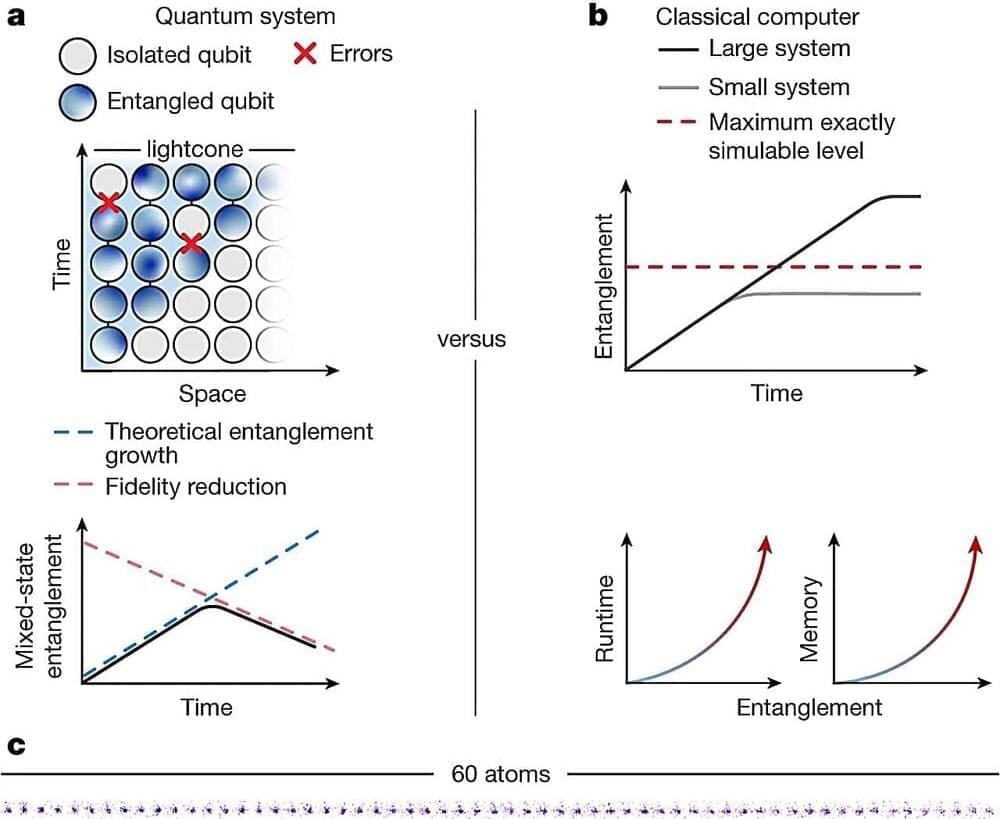
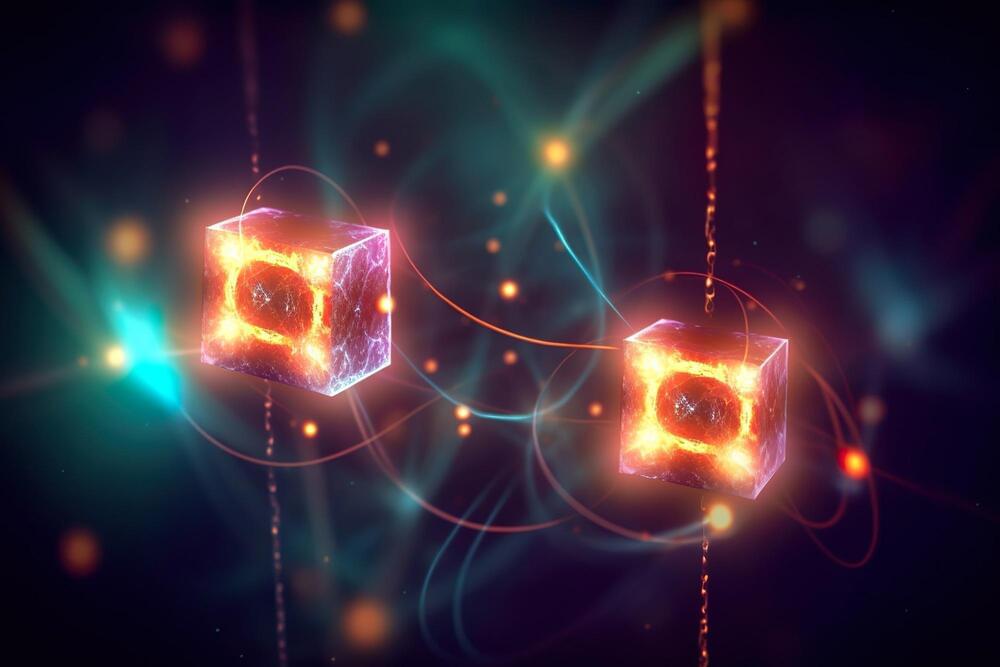
Significant advancements have been made in quantum computing, with major international companies like Google and IBM now providing quantum computing services via the cloud. Nevertheless, quantum computers are not yet capable of addressing issues that arise when conventional computers hit their performance ceilings. This limitation is primarily the availability of qubits or quantum bits, i.e., the basic units of quantum information, is still insufficient.
One of the reasons for this is that bare qubits are not of immediate use for running a quantum algorithm. While the binary bits of customary computers store information in the form of fixed values of either 0 or 1, qubits can represent 0 and 1 at one and the same time, bringing probability as to their value into play. This is known as quantum superposition.
This makes them very susceptible to external influences, which means that the information they store can readily be lost. In order to ensure that quantum computers supply reliable results, it is necessary to generate a genuine entanglement to join together several physical qubits to form a logical qubit. Should one of these physical qubits fail, the other qubits will retain the information. However, one of the main difficulties preventing the development of functional quantum computers is the large number of physical qubits required.
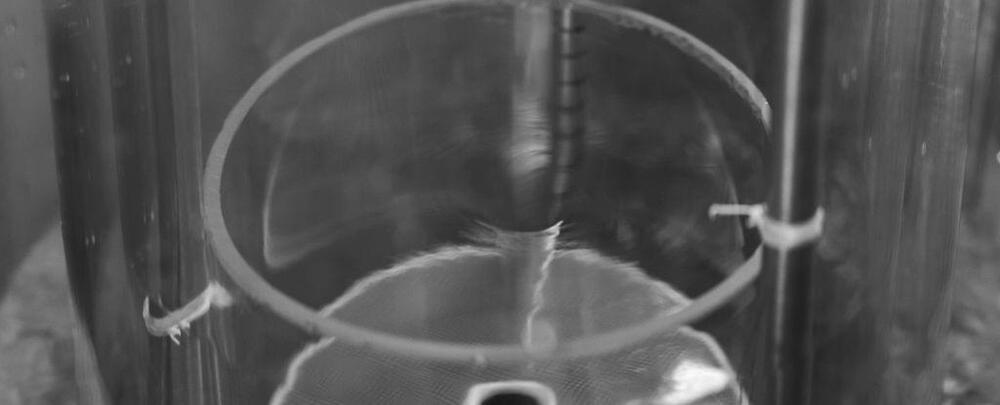
A superfluid vortex controlled in a lab is helping physicists learn more about the behavior of black holes.
A whirlpool generated in helium cooled to just a fraction above absolute zero mimics the gravitational environment of these objects to such high precision that it’s giving unprecedented insight into how they drag and warp the space-time around them.
“Using superfluid helium has allowed us to study tiny surface waves in greater detail and accuracy than with our previous experiments in water,” explains physicist Patrik Švančara of the University of Nottingham in the UK, who led the research.
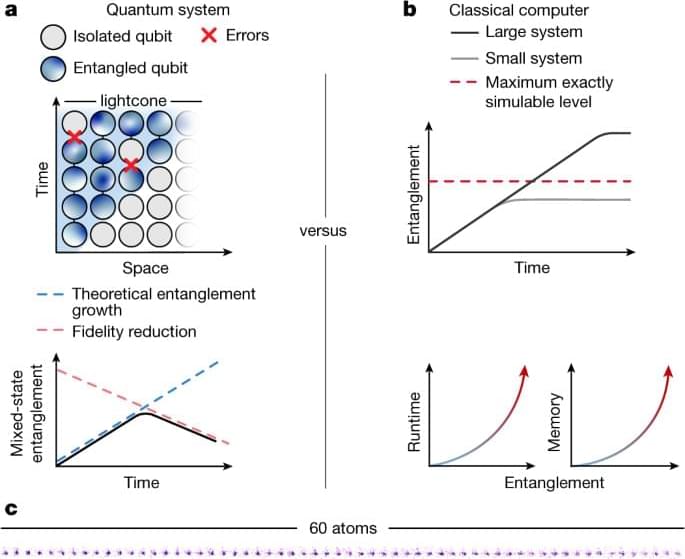
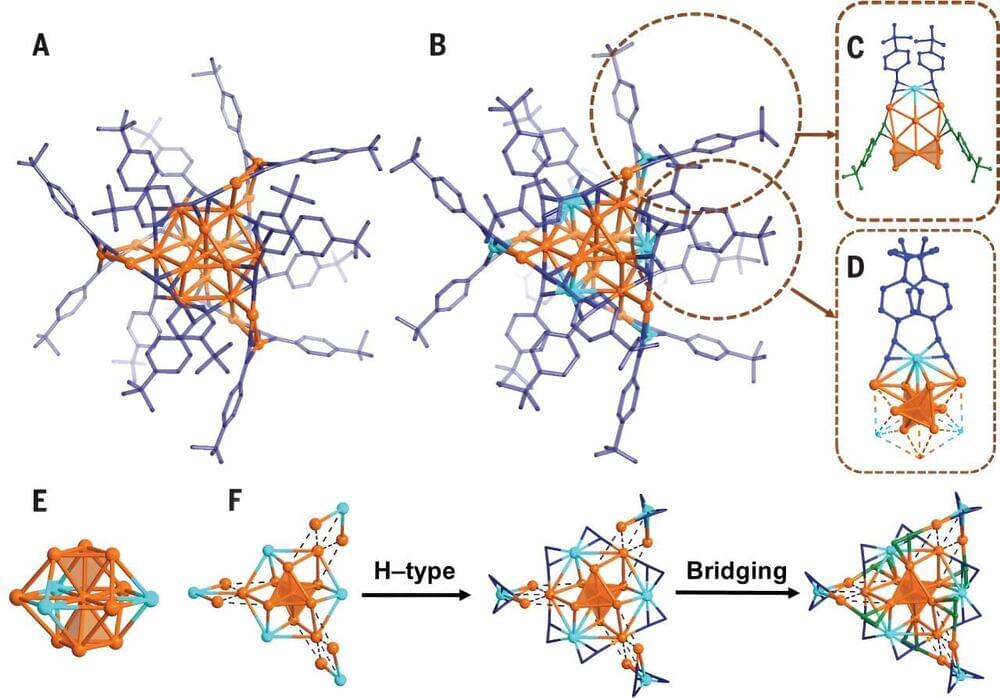

Quantum computers promise to tackle some of the most challenging problems facing humanity today. While much attention has been directed towards the computation of quantum information, the transduction of information within quantum networks is equally crucial in materializing the potential of this new technology.
